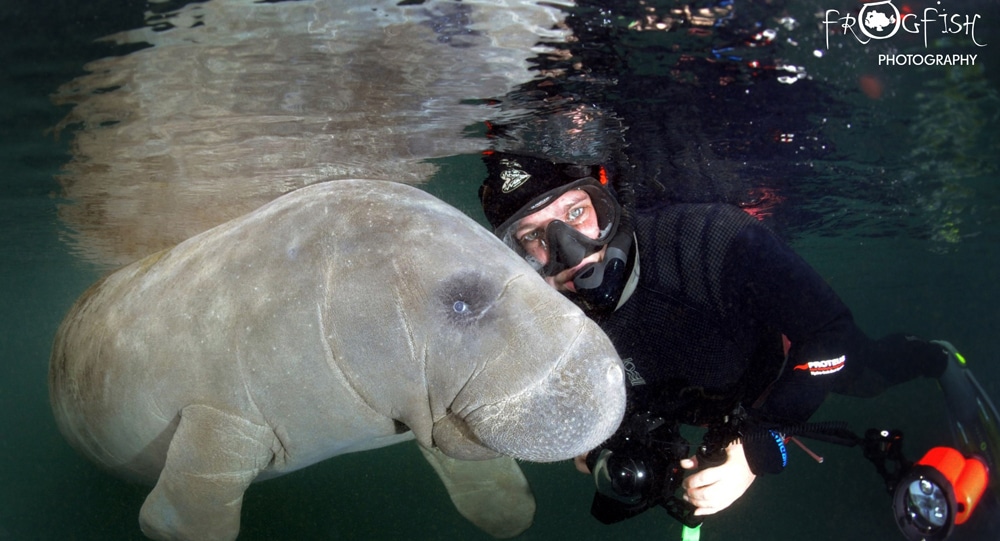News
Civic Disengagement Partially to Blame for Red Tides, Lost Summers

 Martin County, located along Florida’s southeast coast, adopted the term “Lost Summer” in 2013 to describe the disaster caused by discharges from Lake Okeechobee into coastal communities. Posted signs warned against swimming, fishing, or otherwise coming in contact with the water that was covered in “guacamole-thick” algae. The moniker was unfortunately applicable again in 2016 and now again in 2018.
Martin County, located along Florida’s southeast coast, adopted the term “Lost Summer” in 2013 to describe the disaster caused by discharges from Lake Okeechobee into coastal communities. Posted signs warned against swimming, fishing, or otherwise coming in contact with the water that was covered in “guacamole-thick” algae. The moniker was unfortunately applicable again in 2016 and now again in 2018.
On Florida’s west coast, red tide has killed nearly 1,100 manatees over the last 23 years, and because blooms now occur so frequently, they are no longer characterized as “unusual mortality events” for these protected marine mammals. The organism that causes red tide is naturally-occurring. The input of human-generated pollution into our coastal waters, which causes that organism to “bloom” and wreak havoc, is far from natural. The same is true for the various algae blooms that have occurred in the Indian River Lagoon in recent years, resulting in the deaths of manatees, dolphins, fish, and sea birds, and the loss of tens of thousands of acres of vitally-important seagrass.
Florida’s waters are in crisis, and we need leaders who will protect our natural environment. Too many of our decision-makers and residents continue to be in denial about our state’s long-running addiction to growth at any cost and the toll it takes on our environment. Politicians have won election and re-election by campaigning on lower taxes and reduced oversight, but they have neglected the need to protect and invest in our natural environment. Too often, voters make decisions without having properly researched candidates, or they fail to vote at all. Until more citizens engage in their democracy and vote with the future in mind, Floridians can expect continued Lost Summers and lost opportunities to fix our ailing waterways.
For more information visit the Save the Manatee Club website by clicking here.
News
Dive Worldwide Announces Bite-Back as its Charity of the Year

Over the next 12 months, specialist scuba holiday company Dive Worldwide will be supporting Bite-Back Shark & Marine Conservation with donations collected from client bookings to any one of its stunning dive destinations around the world. The independently-owned operator expects to raise £3000 for the UK charity.
Manager at Dive Worldwide, Phil North, said: “We’re especially excited to work with Bite-Back and support its intelligent, creative and results-driven campaigns to end the UK trade in shark products and prompt a change in attitudes to the ocean’s most maligned inhabitant.”
Bite-Back is running campaigns to hold the media to account on the way it reports shark news along with a brand new nationwide education programme. Last year the charity was credited for spearheading a UK ban on the import and export of shark fins.
Campaign director at Bite-Back, Graham Buckingham, said: “We’re enormously grateful to Dive Worldwide for choosing to support Bite-Back. The company’s commitment to conservation helps set it apart from other tour operators and we’re certain its clients admire and respect that policy. For us, the affiliation is huge and helps us look to the future with confidence we can deliver against key conservation programmes.”
To launch the fundraising initiative, Phil North presented Graham Buckingham with a cheque for £1,000.
Visit Dive Worldwide to discover its diverse range of international scuba adventures and visit Bite-Back to learn more about the charity’s campaigns.
MORE INFORMATION
Call Graham Buckingham on 07810 454 266 or email graham@bite-back.com
Gear News
Scubapro Free Octopus Promotion 2024

Free Octopus with every purchase of a SCUBAPRO regulator system
Just in time for the spring season, divers can save money with the FREE OCTOPUS SPRING PROMOTION! Until July 31st SCUBAPRO offers an Octopus for free
with every purchase of a regulator system!
Get a free S270 OCTOPUS with purchase of these combinations:
MK25 EVO or MK19 EVO with A700
MK25 EVO or MK19 EVO with S620Ti
MK25 EVO or MK19 EVO with D420
MK25 EVO Din mit S620Ti-X
Get a free R105 OCTOPUS with purchase of the following combinations:
MK25 EVO or MK19 EVO with G260
MK25 EVO or MK17 EVO with S600
SCUBAPRO offers a 30-year first owner warranty on all regulators, with a revision period of two years or 100 dives. All SCUBAPRO regulators are of course certified according to the new European test standard EN250-2014.
Available at participating SCUBAPRO dealers. Promotion may not be available in all regions. Find an authorized SCUBAPRO Dealer at scubapro.com.
More information available on www.scubapro.com.
-

 News3 months ago
News3 months agoHone your underwater photography skills with Alphamarine Photography at Red Sea Diving Safari in March
-

 News3 months ago
News3 months agoCapturing Critters in Lembeh Underwater Photography Workshop 2024: Event Roundup
-

 Marine Life & Conservation Blogs3 months ago
Marine Life & Conservation Blogs3 months agoCreature Feature: Swell Sharks
-

 Blogs2 months ago
Blogs2 months agoMurex Resorts: Passport to Paradise!
-

 Blogs2 months ago
Blogs2 months agoDiver Discovering Whale Skeletons Beneath Ice Judged World’s Best Underwater Photograph
-

 Gear Reviews2 weeks ago
Gear Reviews2 weeks agoGEAR REVIEW – Revolutionising Diving Comfort: The Sharkskin T2 Chillproof Suit
-

 Marine Life & Conservation2 months ago
Marine Life & Conservation2 months agoSave the Manatee Club launches brand new webcams at Silver Springs State Park, Florida
-

 Gear Reviews3 months ago
Gear Reviews3 months agoGear Review: Oceanic+ Dive Housing for iPhone
















